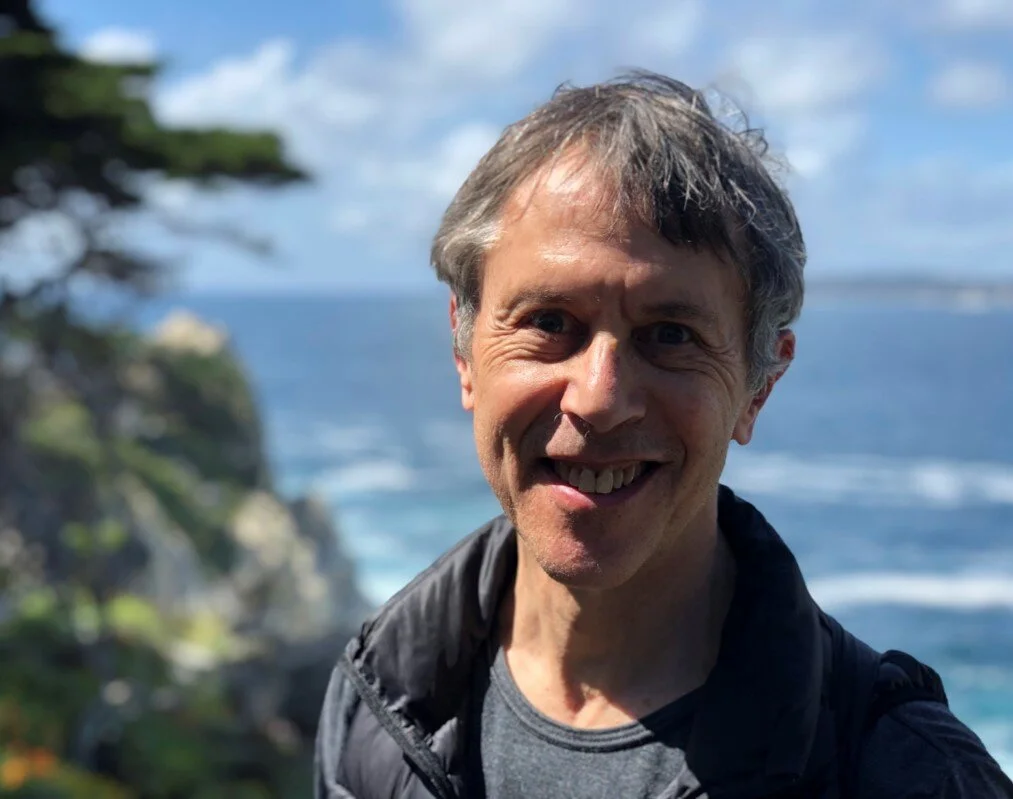Awareness and Vulnerability, With Kindness
/Terror Management Theory describes what happens when we, as vulnerable humans, experience “mortality salience,” that feeling when the possibility or reality of our own death becomes close enough to cause discomfort. I experienced this, just as described, several years ago when a conscientious ultrasonographer incidentally found an 8 cm liver mass while investigating a recent kidney stone. She was hovering over my right upper quadrant for a long time, far from the affected kidney. I asked her what was going on and she indicated that the radiologist would have to explain. Everyone was very clear, concerned and kind.
Initially, I found myself engaging in innumerable forms of denial. Careful reading of a CT scan from eight years previous showed the same mass (relief!), but now it was a few millimeters larger (terror!). I questioned the accuracy of the scanner, the meaning of a miniscule change, and even the motivations of the clinicians. I tried to believe that an 8 cm mass in a 50-something year old could be meaningless. My primary care physician had the wisdom not to reinforce my delusional thinking. Finally, I tried to seek sources of meaning, a sense that I mattered to others, and affiliation. Here, family and friends were helpful. My wife and I updated our will. It was a good experience, and brought us closer together while reminding us of our ever-present vulnerability. After months of scans showing no growth, the terror subsided, such that it now takes an act of imagination to re-invoke the fear.
That pattern – denial, seeking affiliation, and feeling that I was a valued member of a meaningful universe (what psychologists call self-esteem) – was just what terror management theory would have predicted. It’s not just me. As a palliative care physician, I see this dynamic in patients and families and how this same dynamic is playing out in the world now. Denial, immortality, and self-esteem are manifest in the messages we get from friends, clinicians, the internet and our leaders. Awareness of these dynamics was helpful when I was caring for patients with AIDS before the risks to health professionals were known and now, caring for patients and being present for friends and family during the pandemic.
Denial is not all bad, though; it allows us some time to catch our breath, to regroup and to come to terms with our vulnerability. And, the answer to irrational denial is not necessarily confrontation; moving on should also include forgiveness, humor and self-compassion. Affiliation responds to the need for nurturing relationships. When affiliation works well, it is permeable and not tribal, and it is a mindful and caring affiliation, not denigrating, exclusionary, intolerant or proselytizing. Self-esteem is important, too, if it means robustness, positive emotion and a commitment to make a difference in the world and to others.
In describing both our adaptive and less-than-adaptive responses to challenges of being human, though, theories do not provide answers. Rather, they direct our awareness to our thoughts, feelings and behavior, and in that way help us to inhabit the healthiest rational and non-rational responses we can employ when we perceive that our existence as individuals (and the existence of our nurturing social networks) is on the line. But sometimes these impulses play out in strange ways. My wife and I usually leave our home unlocked during the daytime, and about a month ago we found ourselves locking the front door, as if a deadbolt could keep a coronavirus away. Awareness helped us realize that we needed to have a conversation about vulnerability. Being mindful and self-aware helps create a context, a sense of balance, equanimity and comfort with uncertainty.
I have never met anyone who is always ready to be self-aware. Sometimes we need a rest, space and time. As a clinician, careful reading of patients’ moods, listening to their words and inflections and asking permission, help me decide when, how, to whom and how often to provide information that I imagine will raise awareness while also raising anxiety. It is an improvisation, a creative act, deciding how long and when to linger on a dissonance, long enough to feel the tension, not so long as to disrupt an overall sense of harmony. How to measure this, I have no idea. Yet, everyone knows when it works. One lesson is, for those feeling threatened, awareness is best parsed with kindness – kindness toward others and toward oneself. Leaders now are facing this same dynamic, not merely with patients and families, but with entire hospital staffs, outpatient clinicians and the communities they serve – what to tell, to whom, when, how, how much and how often. I am ever more acutely aware of those few who navigate these treacherous waters with skill and the many who crash into the rocks.
We are all leaders in one sense or another. And, as leaders, especially in these times of uncertainty, we need to reinforce that which helps us and others be at our best. Here I call on another theory, Self-Determination Theory, which describes three conditions for human flourishing. The message is simple: foster a realistic sense of agency and control, help people feel competent and valued, and provide the space to develop nourishing relationships using every medium possible. We, as a community of healers, and as leaders, can help ourselves and other experience all three of these through mindful stewardship, with attention, curiosity, beginner’s mind and presence.
For more about Terror Management Theory, try: Burke BL, Martens A, Faucher EH. Two decades of terror management theory: A meta-analysis of mortality salience research. Personality and Social Psychology Review. 2010;14(2):155-195 and Greenberg JM, Pyszczynski T, Solomon S. The causes and consequences of the need for self-esteem: A terror management theory. In: (Ed.) RFB, ed. Public self and private self. New York: Springer-Verlag; 1986:189-212. For more about self-determination theory and physician distress, check out a recent editorial by Pamela Hartzband and Jerome Groopman in the New England Journal (https://www.nejm.org/doi/full/10.1056/NEJMp2003149).
